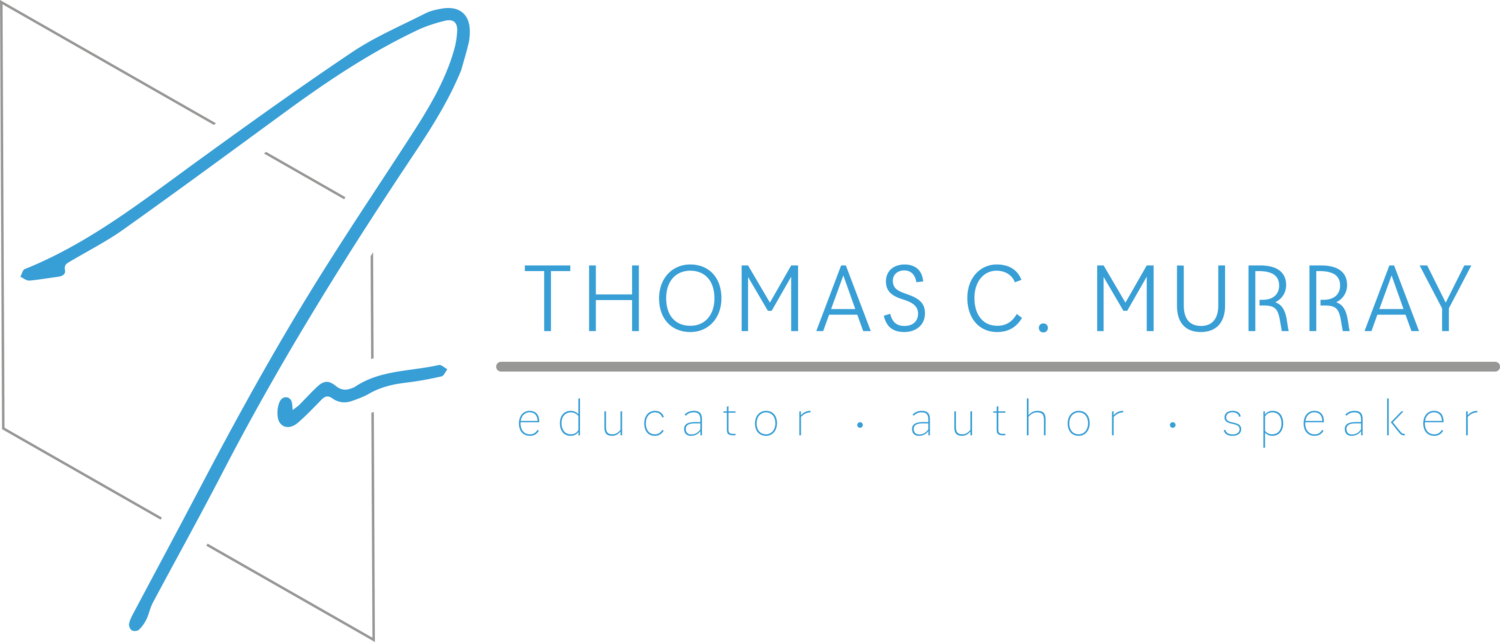3 Takeaways from #ISTE2015
It’s that time of year again. The time that educators descend on various conferences around the nation, hoping to take away tools, strategies, and ideas on how to create, innovate, and transform the school environments. Many times, educators return from such conference experiences and change practice, implement new ideas or strategies, or share their learning with others. However, some leave such conference experiences, and head back to environments with great ideas, only to see their innovative thoughts stifled and unsupported, or at times, leave with little intent to transform their own practice, having simply socialized for a few day period on the district dime.
Having had the opportunity to attend a majority of ISTE 2015 (Philadelphia, PA), I’ve seen a number of themes continue, three of which relate to mobility, equity, and focusing on student learning outcomes. To date, three of my takeaways have been:
1. Mobility continues to be key.
Today’s students are accustomed to continuous connection at their fingertips. Schools staying on the cutting edge of technology and offering a more personalized approach to learning understand that mobility remains key. Gone are the days of the oversized desktop computer dominating technology purchase orders where they can then be found in the back of each classroom. Today’s classrooms need flexibility, high speed broadband, and access to quality devices. The need for mobility is a concept that has been around for a number of years; hence the explosion of tablets and nimble laptops such as Chromebooks. Yet with such mobility, the opportunity to systematically shift instruction in the classroom becomes possible. Such possibilities yield new considerations for educators. Both “Keeping Control of Mobile Devices in the Classroom”, and “Using Tablets in the Classroom to Support Differentiated Instruction” are two recent blog posts that highlight both challenges and opportunities in mobile learning environments.
2. ‘Techquity’ Remains an Issue.
Technology equity, coined ‘techquity’, remains a tremendous issue in our nation’s education system. For far too long, a student’s educational experience correlates to the zip code in which they reside. All students deserve a high quality education, with high speed connectivity, and access to information. For years, the cost of putting technology in the hands of kids was prohibitive. Fortunately, technology is one of the few things that gets better and cheaper with time. Through the recent e-rate work of the FCC and with a push by the US Department of Education to make schools more Future Ready, a focus has finally been placed in this area. With the President’s goal of connecting all schools to high quality broadband over the next five years, the equity gap should continue to close; an important aspect of ensuring that all students receive a high quality education with equitable access to resources and the tools needed to prepare them for their future. A recent post via Samsung Education, entitled, “Why One to One Computing in Schools Works”, begins to highlight this nationwide issue as well.
3. Focusing on the Right “One” in a “One to One”.
Walk up and down the conference hallways, and whispers of “one to one” can be heard throughout; many times being a district pride point. Although a great starting point for getting technology in the hands of kids, it’s imperative that student learning outcomes drive the decision making in this area. Quite often districts find them deploying countless devices without a real plan of implementation to shift instructional pedagogy in the classroom. If the goal of our technology implementation is to put technology into the classroom, we’ll get simply that - technology in the classroom. We’ll end up with incredible 21st century tools in 20th century learning environments. To fully unleash today’s amazing digital power, districts must have a comprehensive plan to shift classroom instruction, a clear vision of what they want 21st century teaching and learning to look like, and a hyper-focus on student-centered, learning outcomes. The recently released “Empowering Teachers to Implement Technology-Driven Educational Programs” post shares recent statistics and teacher feedback to help districts move forward in this area.
Having the opportunity to attend great conferences such as #ISTE2015, enable me to build relationships and learning from many incredible educators. Together we are better for the kids we serve!
“DISCLOSURE OF MATERIAL CONNECTION: THIS POST IS SPONSORED BY SAMSUNG BUSINESS. REGARDLESS, I ONLY RECOMMEND PRODUCTS OR SERVICES I BELIEVE WILL BE GOOD FOR MY READERS. I AM DISCLOSING THIS IN ACCORDANCE WITH THE FEDERAL TRADE COMMISSION’S 16 CFR, PART 255: “GUIDES CONCERNING THE USE OF ENDORSEMENTS AND TESTIMONIALS IN ADVERTISING.”

